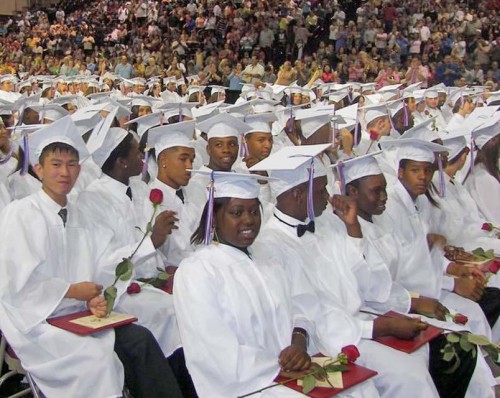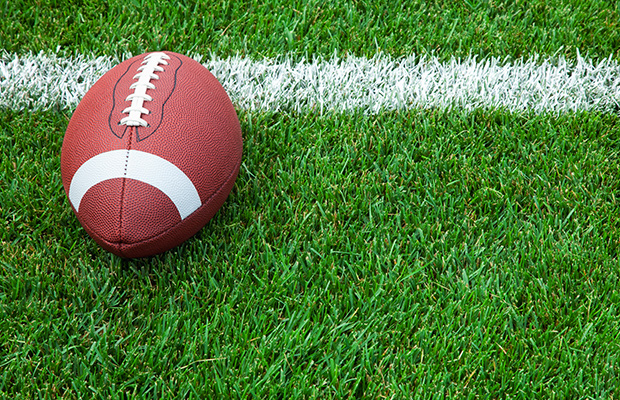
Golden Meadow Lower receives $200 stipend for safety
March 23, 2010
Local lawmakers’ pre-filings a mixed bag
March 25, 2010The term “free ride” is often used to describe the experience of a college athlete.
The idea is that in exchange for representing the school in athletics, the school will compensate the athlete with free tuition and books, as well as free room and board.
And while for some athletes, that situation is a reality, there are tight restrictions on the amounts of spending the LSU and Nicholls athletic departments can do.
According to both LSU Associate Athletics Director of student services Miriam Segar and Nicholls Associate Athletics Director of Compliance Bobby Galinsky, sports are characterized as either an equivalency or head count, which separates the way scholarships are yielded.
“The NCAA determines which sports are which,” Segar said. “The equivalency sports are the sports where multiple athletes can share what amounts to a full scholarship. Those are the sports where a scholarship can be divided into portions. A headcount sport is a sport where it’s for all intents and purposes all or nothing, where you either have a scholarship or don’t.”
Among the sports, football is the biggest spender at both schools, using up 85 scholarships as a headcount sport at LSU and 63 scholarships as an equivalency sport at Nicholls.
“We aren’t a headcount sport like the other schools because of our Football Championship Subdivision Status,” Galinsky said. “We’re not D-1 like LSU, so we don’t follow precisely the same plan.”
The cost of one semester of tuition at LSU is roughly $2,600 for in-state students and $7,000 for out-of-state students.
Nicholls is slightly cheaper with a $2,000 price tag yearly for in-state students and $5,000 for out-of-state students.
But either way it’s sliced, the result is millions spent on football each year.
“It’s definitely big business,” Segar said. “There’s no doubting that.”
Among the equivalency sports, track and field is the largest spenders at both Nicholls and LSU.
The Nicholls indoor and outdoor women’s teams get 18 scholarships for each team and LSU’s women’s team also gets 18 scholarships to split among its roster.
But despite the support some of the smaller-tier teams receive, some think it’s not enough.
Former LSU baseball player and current minor league baseball prospect D.J. LeMahieu said the gap between football’s scholarship funding and other sports is too much.
“Every sport should get the same amount of help based on the size of their rosters,” LeMahieu said. “One sport shouldn’t get more than another. When you look at it, football basically has every contributing player on a full ride. Baseball and the other sports can’t say that.”
Getting lower income, inner city kids to play baseball has long been a focus of youth programs. LeMahieu said for that to ever be a reality, the current funding structure has to change.
“No one really on our teams was hurting because we had some guys blessed with good financial backgrounds,” he said. “But I can see where a poorer kid wouldn’t be able to survive.”
LSU national championship winning gymnast Susan Jackson agreed with LeMahieu and said if other sports got more funding, they’d probably be more likely to turn the profits football does.
“I agree with everyone else,” Jackson said. “They have to give out scholarships to recruit the top players in the nation in order to continue funding LSU athletics.”
One entity sports use to level the playing field is the TOPS program.
Galinsky said a partial scholarship can be combined with TOPS or other financial aid, giving a way out to those who might be on only a 20 or 30 percent scholarship.
“The TOPS or any other government funding can be compounded with what the university gives them,” he said. “That has been a more than valuable tool that schools have utilized.”
Galinsky also said that despite myths that say otherwise, athletes on either full or partial scholarships are allowed to help themselves by holding a job – as long as they are given the same treatment as everyone else and it does not interfere with their team responsibilities.
“As long as the pay is on the same scale as anyone else that holds that position and as long as they are not hired just because they are an athlete or anything like that, then it does not violate the rules,” he said. “They can work as many hours and make as much as their position allows as long as they are not given beneficial treatment because of their status.”
Another area the NCAA has been trying to level the playing field is within gender. In every sport that Nicholls and LSU both have men and women’s teams, the women’s team is allotted more scholarships than the men.
That difference is designed to cover the massive amounts of men’s scholarships given to football teams and also to comply with Title IX legislation.
“They have to keep things as close to equal among the genders as possible,” Segar said. “That’s not a school decision. That’s an NCAA decision. Title IX makes sure the women’s teams don’t get left in the dust.”
And while both Segar and Galinsky admitted the process isn’t perfect, the Nicholls Associate Athletic director said the NCAA tries its best to keep everyone happy.
“There are ways to tweak or change things,” Galinsky said. “They try to make everything as fair as possible for everyone.”









